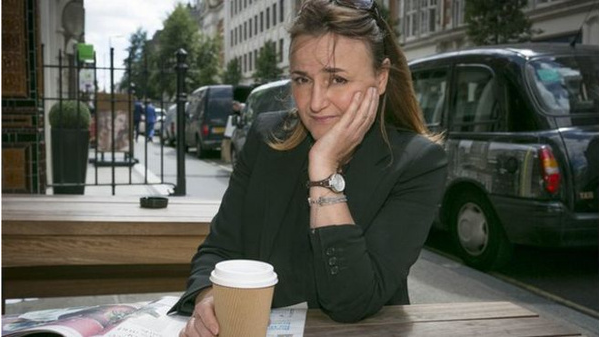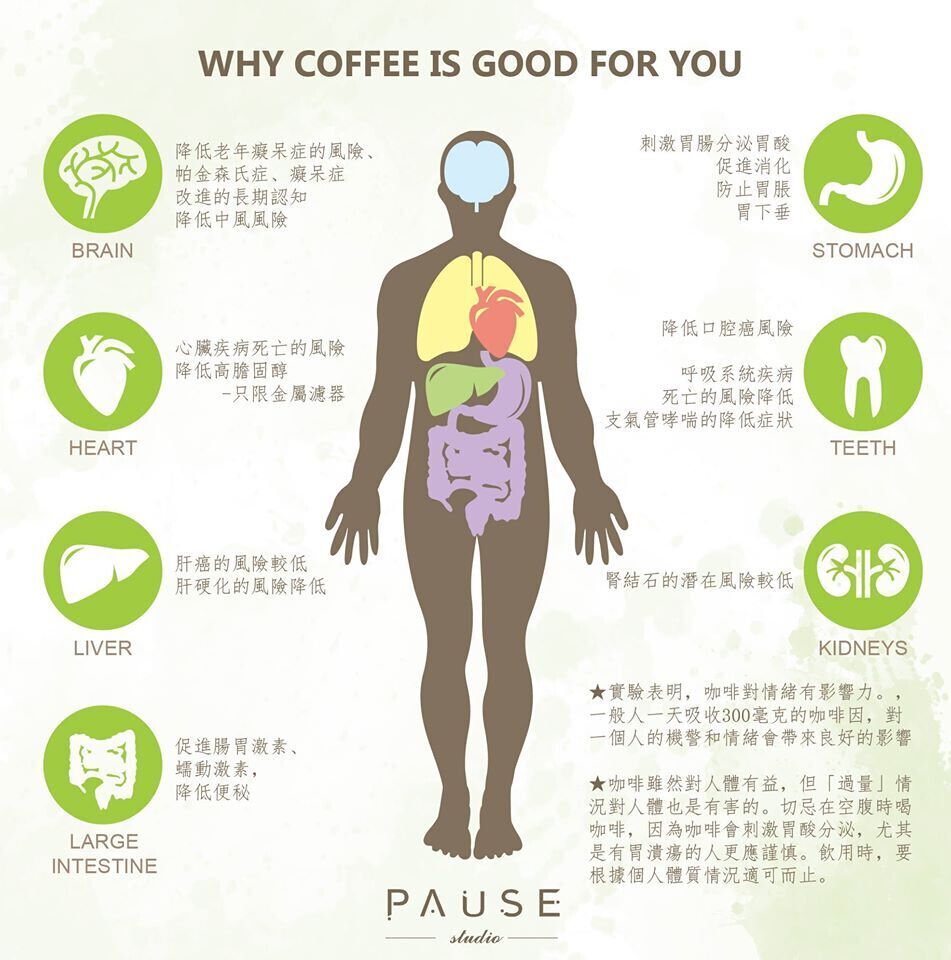Is the coffee we drink a ridiculous imitation of Italian coffee?

Manuela Zaragoza of Italian descent has something to say to a global coffee chain.
Now, you can see Starbucks everywhere you go, but you can't see a Starbucks in Italy.
But then again, Starbucks founder Howard Schultz was sipping coffee in a Milan bar when he got the inspiration to build the coffee chain we see today.
You might say he's just repackaging a good product and pushing it globally.
But for many Italians, Starbucks and other coffee chains offer menus that sound Italian, but they offer coffee that is far from authentic Italian coffee,
I think it's time to tell the truth. I'm of Italian descent. Like most Italians, I think Italy represents the highest standard of coffee culture and all coffee should be measured by it.

Italians take their coffee quality very seriously.
Italian friends and family are outraged that their cherished cappuccino is tainted, especially by sprinkling hazelnut syrup and cinnamon powder on top of the foam. I understand their feelings and agree with them absolutely.
At home, I have a mocha pot for coffee, which is as essential to an Italian kitchen as an English kitchen without a kettle for tea. As far as I'm concerned, cappuccino, latte and espresso offered by international coffee chains always taste like burnt bitterness, a poor imitation of authentic coffee.
Did I miss the point? Have my tastes fallen behind and not caught up with the changing tastes of the global coffee market? For now it seems that not only has Italian coffee gone abroad, but the authentic taste of Italy has also parted ways with coffee.
Coffee consumption worldwide has increased by nearly 42 percent since the beginning of the decade, according to the International Coffee Organization. As a result, we drink more coffee than ever. This explains why many coffee chains have expanded over the past few decades, but we don't drink coffee the Italian way.
"I think coffee everywhere is a ridiculous imitation of Italian coffee," concluded James Hoffmann, the award-winning barista who owns Square Mile Coffee Roasters in London. He belongs to a generation of trained baristas who are based on espresso coffee and drive coffee innovation through sophisticated brewing methods.
"There's a big gap between espresso and the coffee culture that's going on around the world right now," Hoffman says.
For example, you would never order a latte in an Italian restaurant.) If you do, you get a glass of milk. You don't ask for espresso at the store; you just ask for a cup of coffee ("un cafe" ). Coffee and espresso are synonymous in Italy.
Then there's Australia's "flat white," a product halfway between Starbucks-style latte and macchiato (latte requires 25 to 35 milliliters of espresso with lots of hot milk). Macchiato coffee requires 25 ml to 35 ml of espresso, with a small amount of foam added. Now,"white coffee" has gone global, and recently replaced cappuccino on Starbucks menus in some parts of the United States.
But the big difference is that Italians don't like to sit in armchairs in cafes and surf the Internet while sipping cappuccino. Instead, they prefer to stand at the marble bar of one of italy's ubiquitous bars and sip an espresso.

James Hoffman said,"The coffee we drink is a ridiculous imitation of Italian coffee."
However, when it comes to taste and brewing, Italy is trying to regain lost ground and has established the International Institute for Italian Coffee (INEI), which aims to protect the Italian coffee culture.
Luigi Zecchini, the agency's president, wrote on its website that "international coffee chains are spreading and advertising that they serve Italian coffee, but behind our coffee is a unique, unrepeatable culture."
INEI even offers certification to those who are determined to uphold the Italian coffee tradition.
Can the Italians win the competition with such a move? It's hard, I'm afraid,"because good roasting techniques and good tasting procedures are becoming more international," warned Jeremy Challender, president of Prufrock Coffee in London and another award-winning barista.
Despite this, many top baristas always turn their noses up at coffee offered by international coffee chains.
It all depends on the roasting technique of the beans, says Hoffman of Square Mile Cafe in London. Many chains roast coffee beans too dark, creating a bitter taste. Roasting too light can produce a stronger flavor, but if not handled well, coffee can produce sour taste.
"I think consumers can tolerate bitterness on this view, but they can't tolerate a larger sour taste," Hoffman said. "So big companies make mistakes because they're too careful."
But it also depends on the coffee bean ingredients, and in this regard, Italy's performance is not as good as many specialty cafes abroad.
Part of the problem is the low price of espresso. In most Italian bars, a cup of coffee costs less than one euro.
"Such a low price cap means that Italian coffee ingredients are too commoditized and there is simply no option to buy more high-quality coffee," Hoffman added.

Italians drink cappuccino in the morning
The way espresso is brewed is also limited. Espresso served in Italy is the standard 7-gram ground coffee powder, with almost no variation. But specialty coffee shops often use larger doses of ground coffee, 8 to 10 grams per espresso, to produce a stronger flavor.
That may be true, but I still think I'll stick with making coffee at home in my trusty mocha pot. I will continue to drink coffee the Italian way.
That means drinking an espresso every morning and perhaps after dinner, but certainly not a cappuccino after 11 a.m. or any milk-based coffee after dinner. Because it affects digestion. All Italians know that.
Source: BBC Manuela Saragosa
Important Notice :
前街咖啡 FrontStreet Coffee has moved to new addredd:
FrontStreet Coffee Address: 315,Donghua East Road,GuangZhou
Tel:020 38364473
- Prev

Coffee is healthy, it can not only refresh us but also make us happy.
Coffee, let many people stay in it, taste a good cup of coffee, not only can make the morning energetic, but also a taste of life. But you know what? Enjoy a cup of delicious coffee at the same time, but also have unexpected benefits to your health! Now while you are drinking coffee, Pause studio will introduce to you how coffee can help our bodies! ★ enhances body sensitivity.
- Next

3D printing raw materials converted from coffee waste
The waste after brewing coffee has a new use. Although it is difficult for many people to associate it with 3D printing, a manufacturer called 3Dom USA has come up with a good idea with C2renew, a biocomposites company, to turn it into a raw material (filament) suitable for 3D printers. The history of Wound Up is inextricably linked to caffeine because
Related
- Why are the coffee in some coffee shops not enough after being frozen? What should I make up for my American latte cappuccino coffee after being frozen?
- How much water does it take to steam coffee by hand? Why is the coffee brewing and steaming time 30 seconds? What is the purpose of steaming coffee?
- The suspected drink contains too much caffeine! Overlord Tea Lady responds urgently!
- Starbucks rejects antique paper coupons?! Netizen: Missed marketing opportunities!
- What ratio of water temperature and ground does the smart cup method use to press coffee? The difference between brewed coffee and filtered coffee?
- What is the standard process for the purpose of coffee cup testing? What is the difference between hand-brewed coffee and cup testing?
- How to use hand-brewed coffee paragon small golden balls? How does cold coffee lock in the aroma of coffee?
- Is American coffee black? What is the difference between American coffee and drip coffee?
- Unexpected! Well-known tea beverage brand Lele Tea will withdraw from the Zhengzhou market!
- Starbucks enters the fashion and beauty industry?! Netizen: Give me an ice American eye cream

